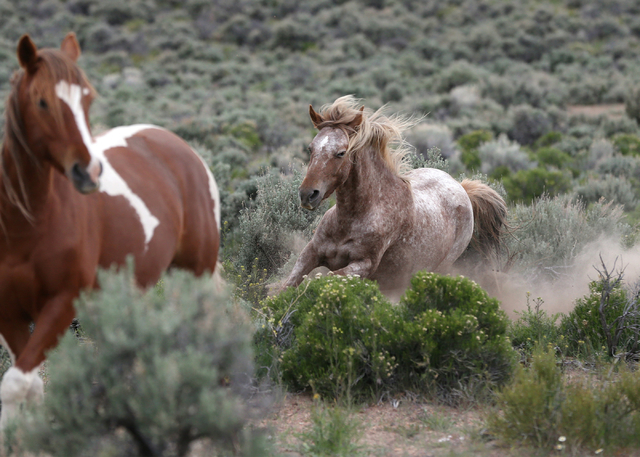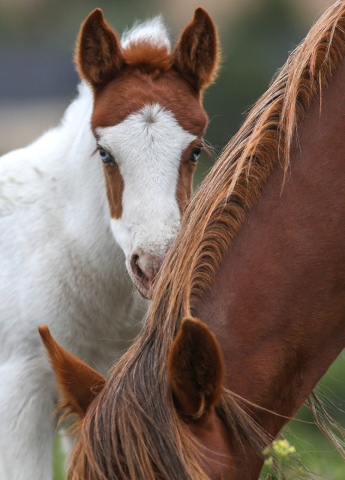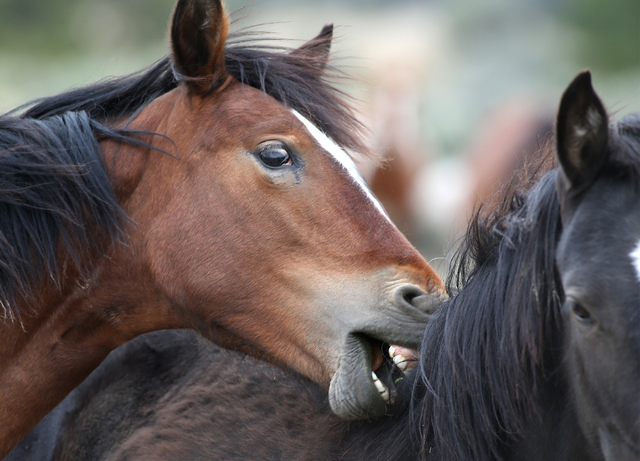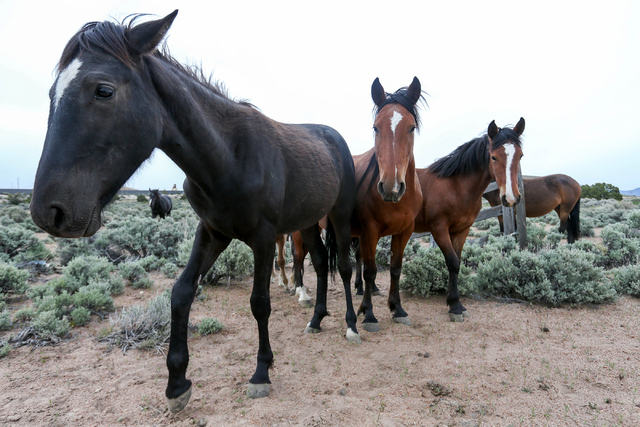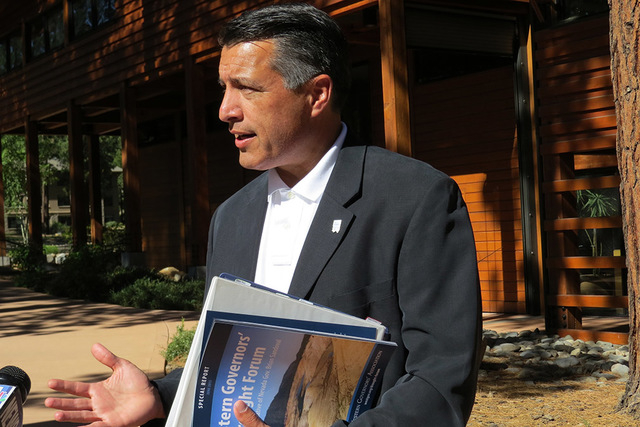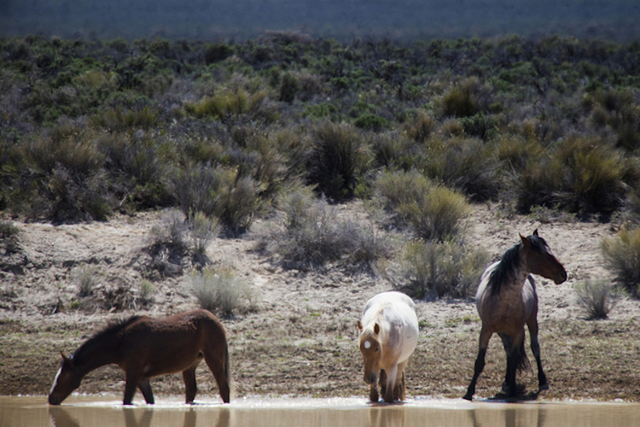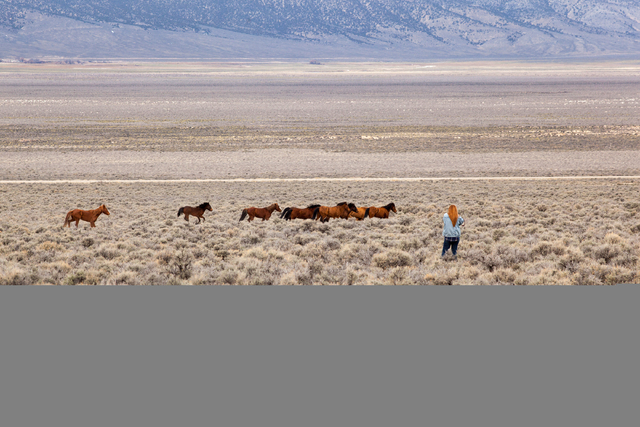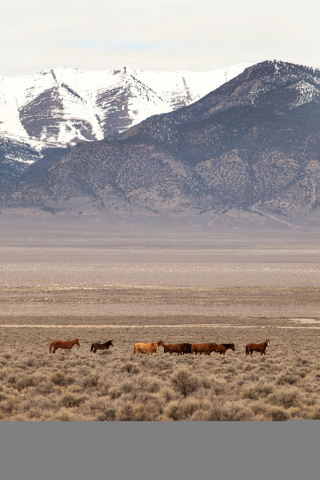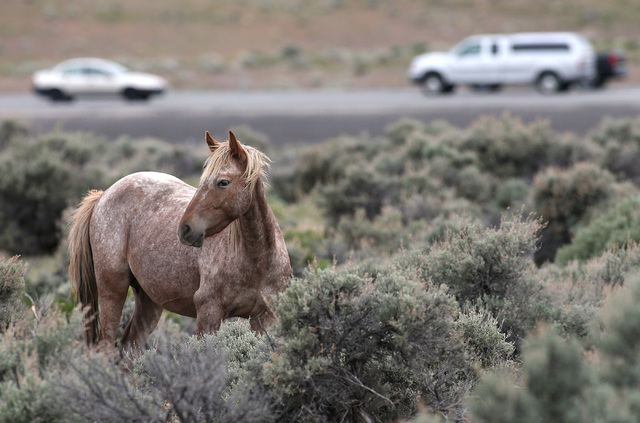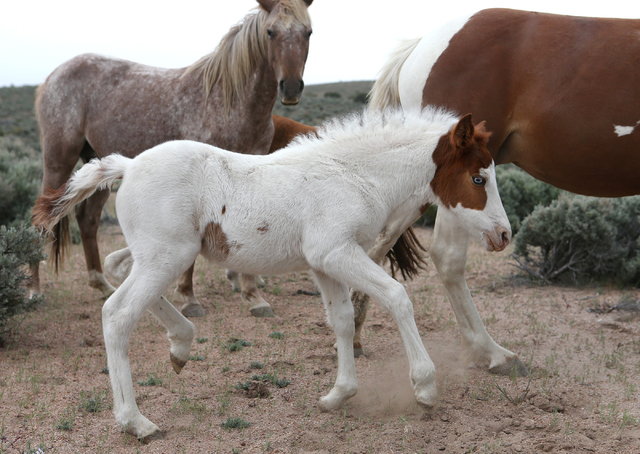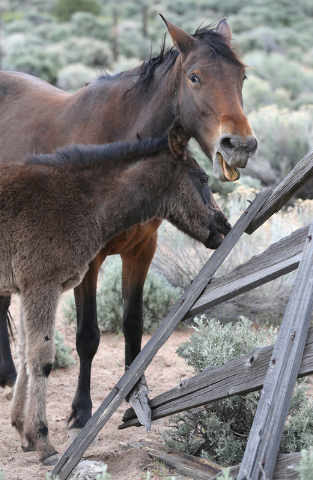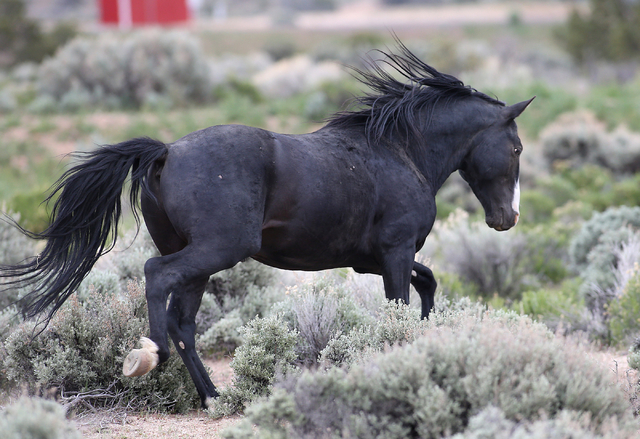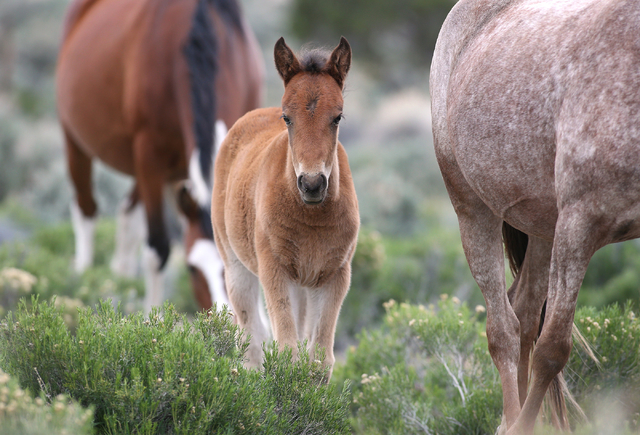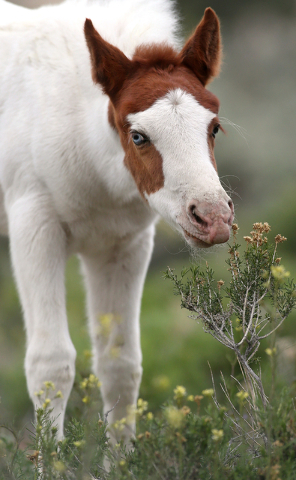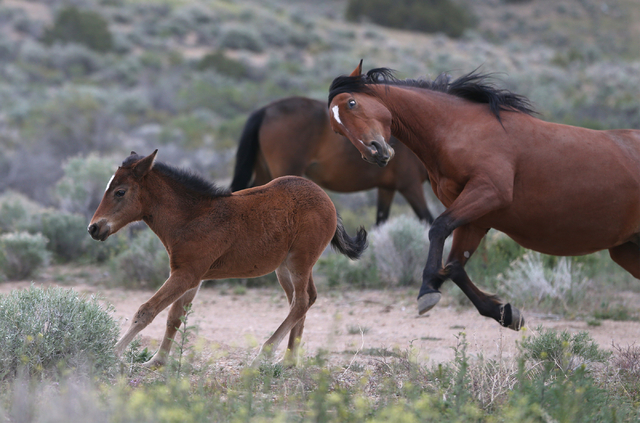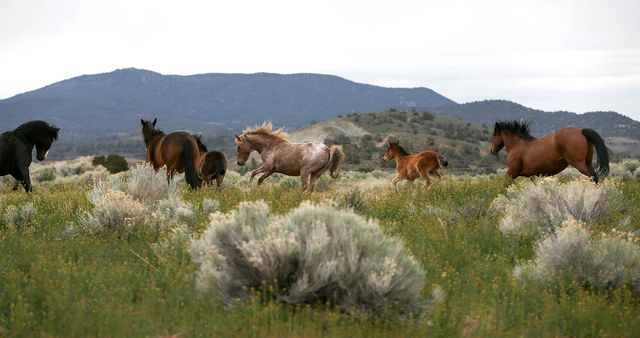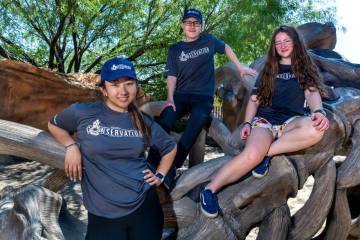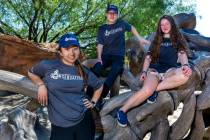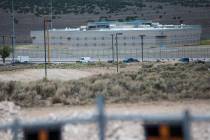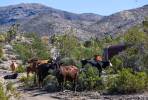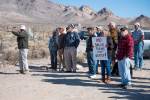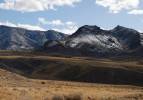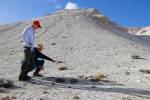Sandoval wants more federal funding for wild horse management
CARSON CITY — Gov. Brian Sandoval on Tuesday said he will pursue legal options to force the federal government to fund the management of Nevada’s wild horse population at appropriate levels.
The Bureau of Land Management recently contacted livestock producers and informed them that because rangeland health has been negatively affected by wild horses, the BLM anticipates a reduction or elimination of grazing permits for individual livestock producers, pending further evaluation.
The overpopulation of these wild horses falls under the jurisdiction of the federal government and could affect greater sage grouse habitat and the livestock industry in southeast Elko County.
“The BLM has underfunded the wild horse program for years and as a result, the livelihood of our local economies is now being threatened,” Sandoval said. “For too long, Nevada has been forced to compensate for the federal government’s inability to manage these growing populations without the appropriate resources.
“If the Department of the Interior refuses to adequately fund this program, the state will pursue all legal options to protect our local producers and communities.”
Jim Barbee, director of the Nevada Department of Agriculture, said, “While we are encouraged by the BLM’s efforts to collaborate with ranchers to improve rangeland health, current horse populations hinder the multiple uses of public lands. Livestock producers could see anywhere from 25 to 100 percent grazing reductions on their allotments. Elko County could see an estimated $1.8 million loss as a result of the decision, negatively impacting jobs and the economy on a local and state level.”
As of March 2015, the grazing allotments in question contained 5,174 wild horses, nearly 20 percent of the total wild horse population in the state. Current horse populations in the area are 351 percent more than what is considered by the BLM to be appropriate management levels.
Southeast Elko County also is home to abundant wildlife, most notably the greater sage grouse. The area contains priority, general and other habitat for the sage grouse population.
“Whenever habitat is impacted to a level that results in this kind of action, we have concerns,” Tony Wasley, Nevada Department of Wildlife director, said. ”Nevada’s wildlife, including the greater sage grouse, also relies on healthy, intact ecosystems.”
BLM State Director John Ruhs said on April 15, in a meeting of the Nevada Legislative Committee on Public Lands, that a request to gather wild horses due to resource concerns in southeast Elko County and surrounding areas was submitted to the BLM Washington office.
Horse populations graze year-round and domestic livestock graze five to seven months out of the year. Forage consumption on the range is calculated by the amount of forage needed to sustain one cow and her calf, one horse, or five sheep or goats for one month, often referred to as animal unit months.
Contact Sean Whaley at swhaley@reviewjournal.com or 775-461-3820. Find @seanw801 on Twitter.




